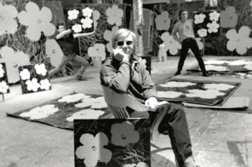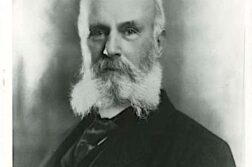The following is excerpted from Listening to the Sirens: Musical Technologies of Queer Identity from Homer to Hedwig, by Judith A. Peraino. University of California Press, Copyright 2006.
THERE IS a persistent association in ancient Greek culture of music with sexuality—and not just incidentally, but rather as an operative factor in the vital dynamic represented by particular gods. What follows is a brief survey of some key players: musical-sexual gods who were central to the religious life of ancient Greece, and who remained important archetypes for philosophers, writers, and artists far into the modern era. These gods present a nexus from which we can learn more, for the music involved in the diverse sexual contexts of their myths and rituals was performed—by the gods and their celebrants—and not just contemplated. And instruments figure here in primary ways. Thus music itself can be said to be an instrument—of Dionysian catharsis, of Apollonian control, of sexual Pan(ic).
Music was central in the myths, plays, and cultic rituals devoted to the Olympian gods Dionysus and Apollo. In Friedrich Nietzsche’s early philosophical work, The Birth of Tragedy, these two gods were represented as opposing forces in Greek culture—as if in some kind of Hegelian dialectic. Nowadays scholars tend to see polarity expressed within a single god, Dionysus, and they are inclined to view mythology as manifesting diverse human responses, in which sexual responses, also diverse in nature, are prominent.






